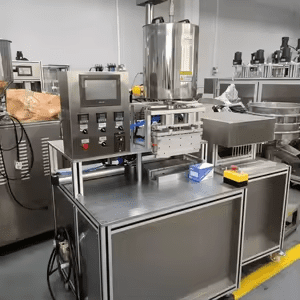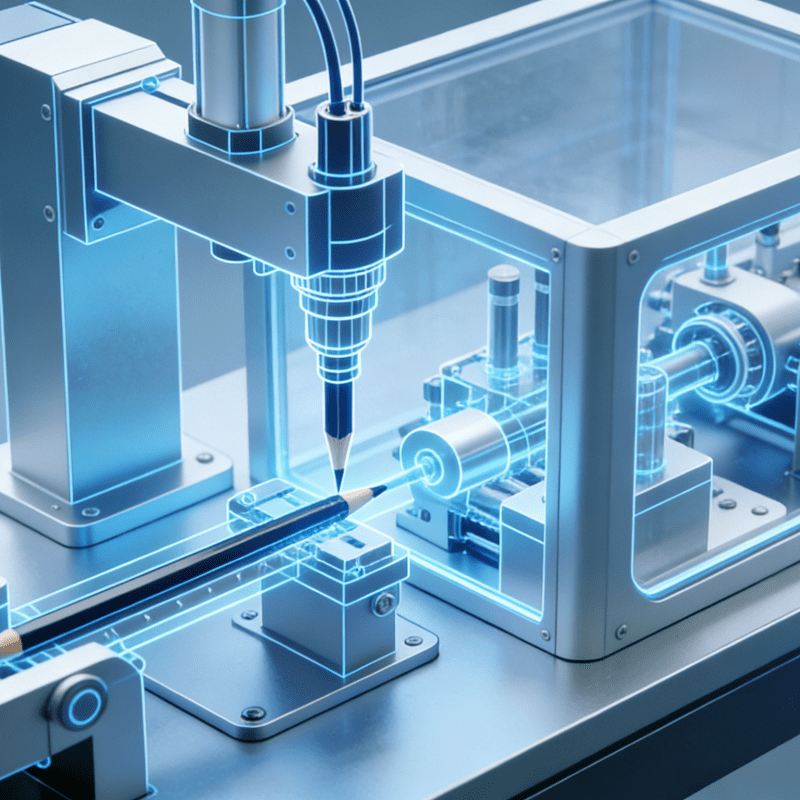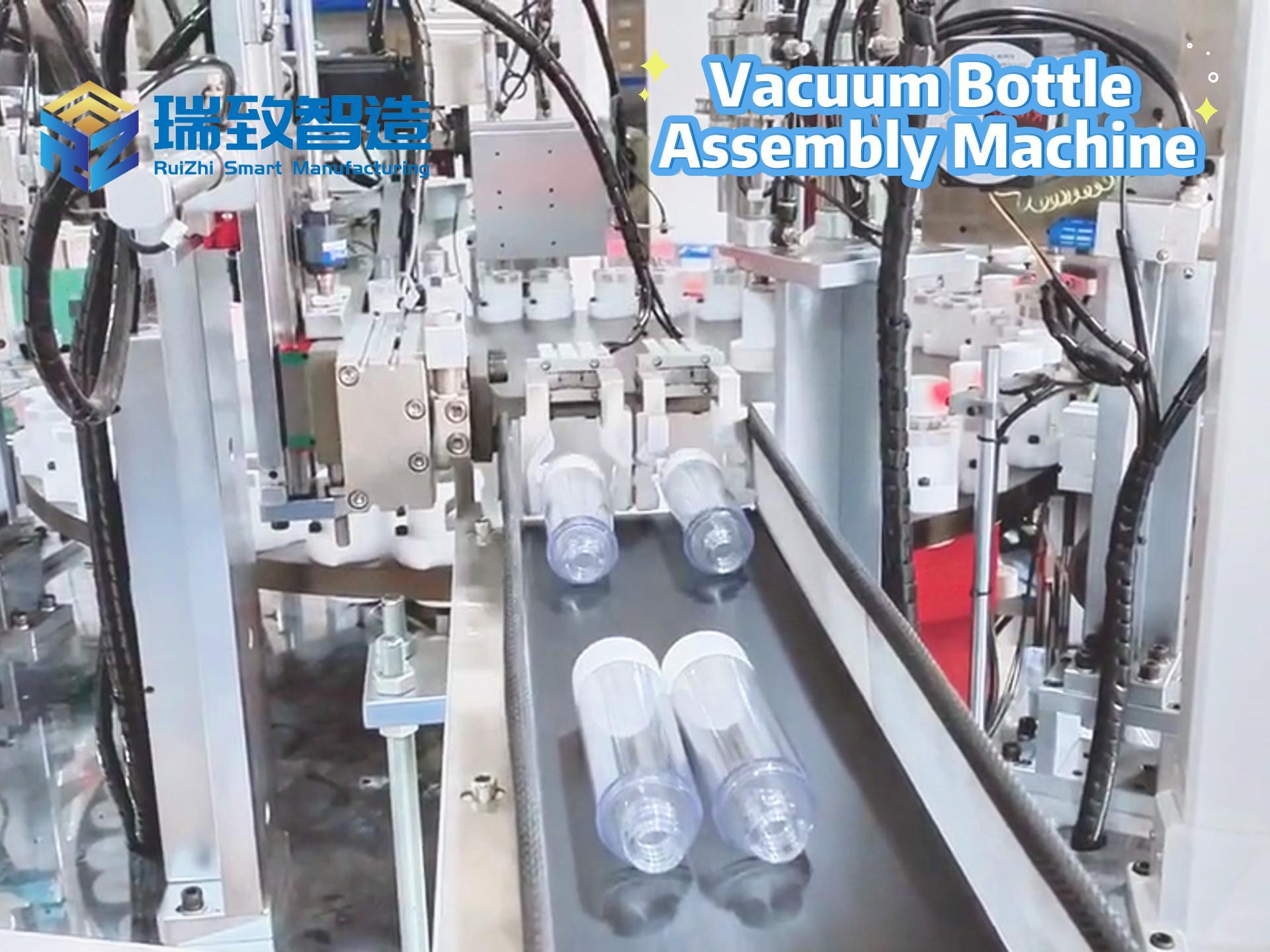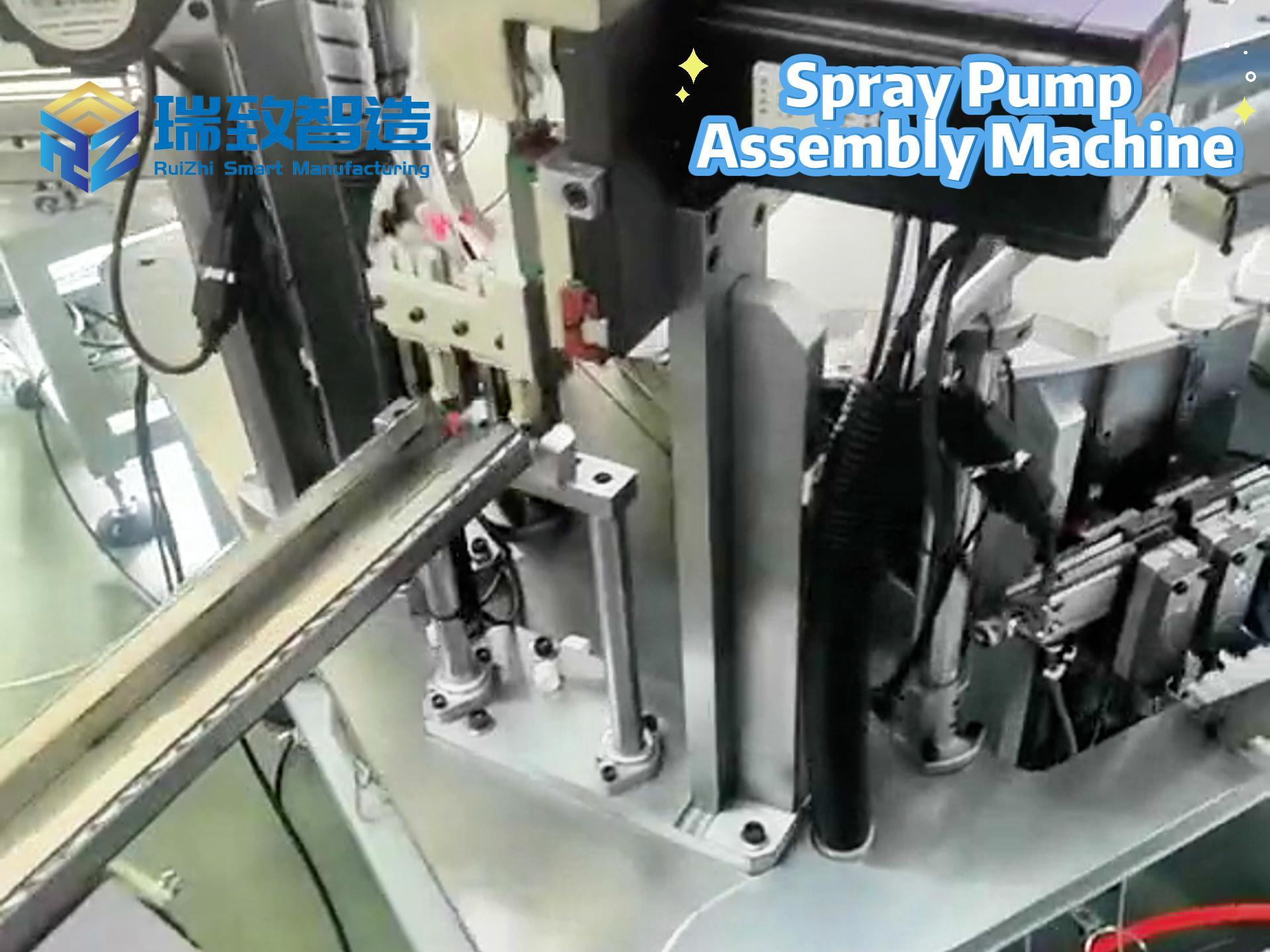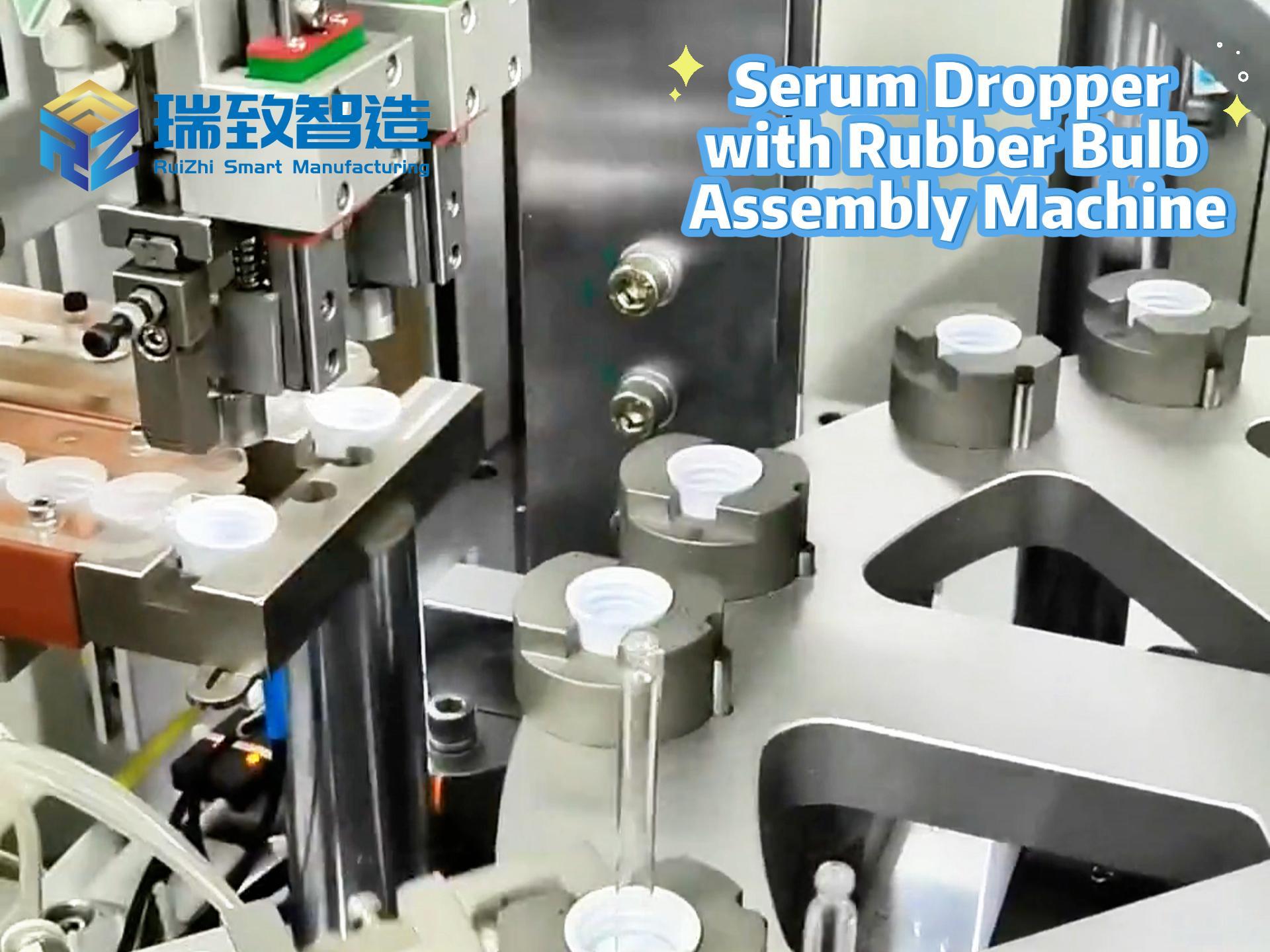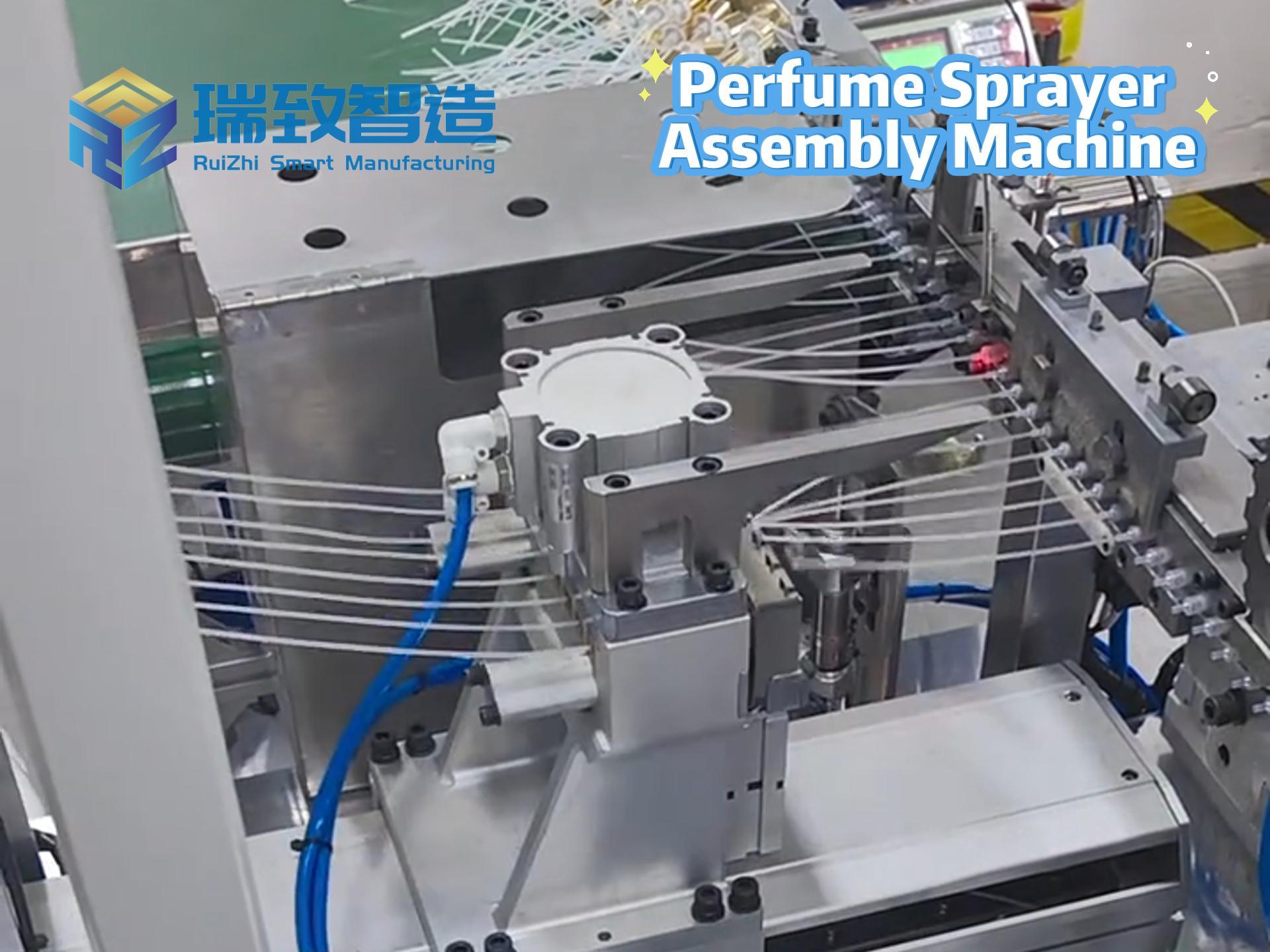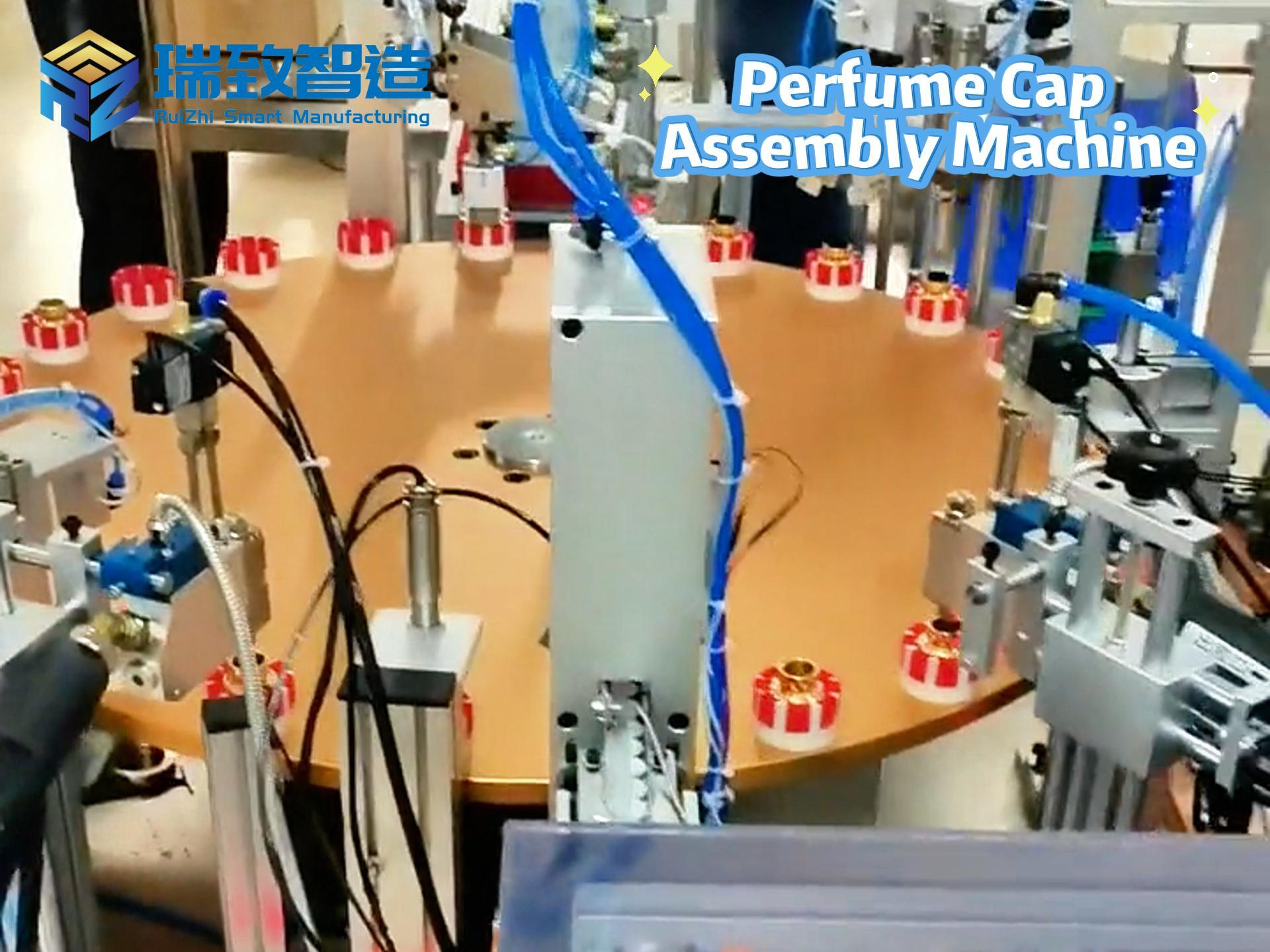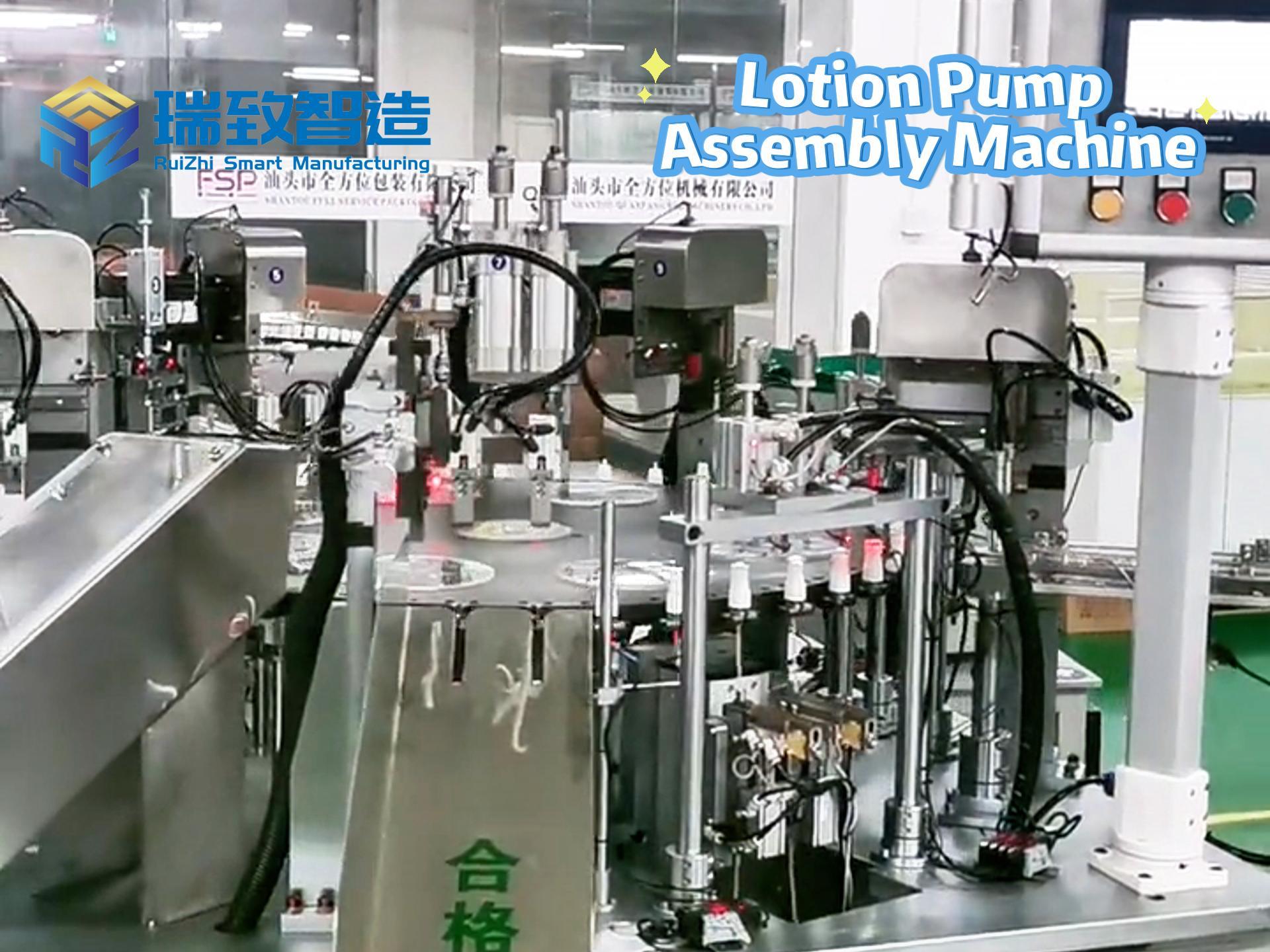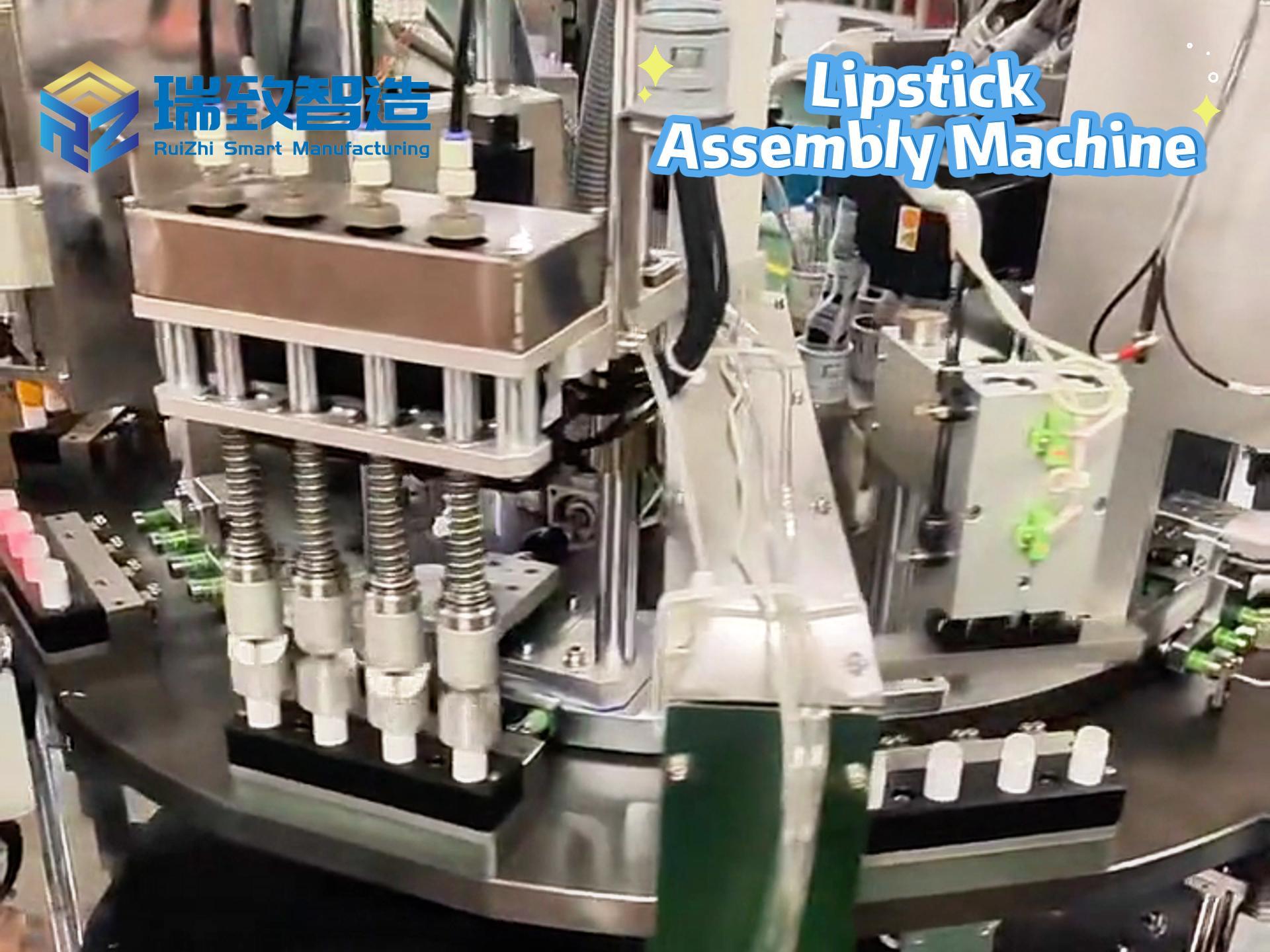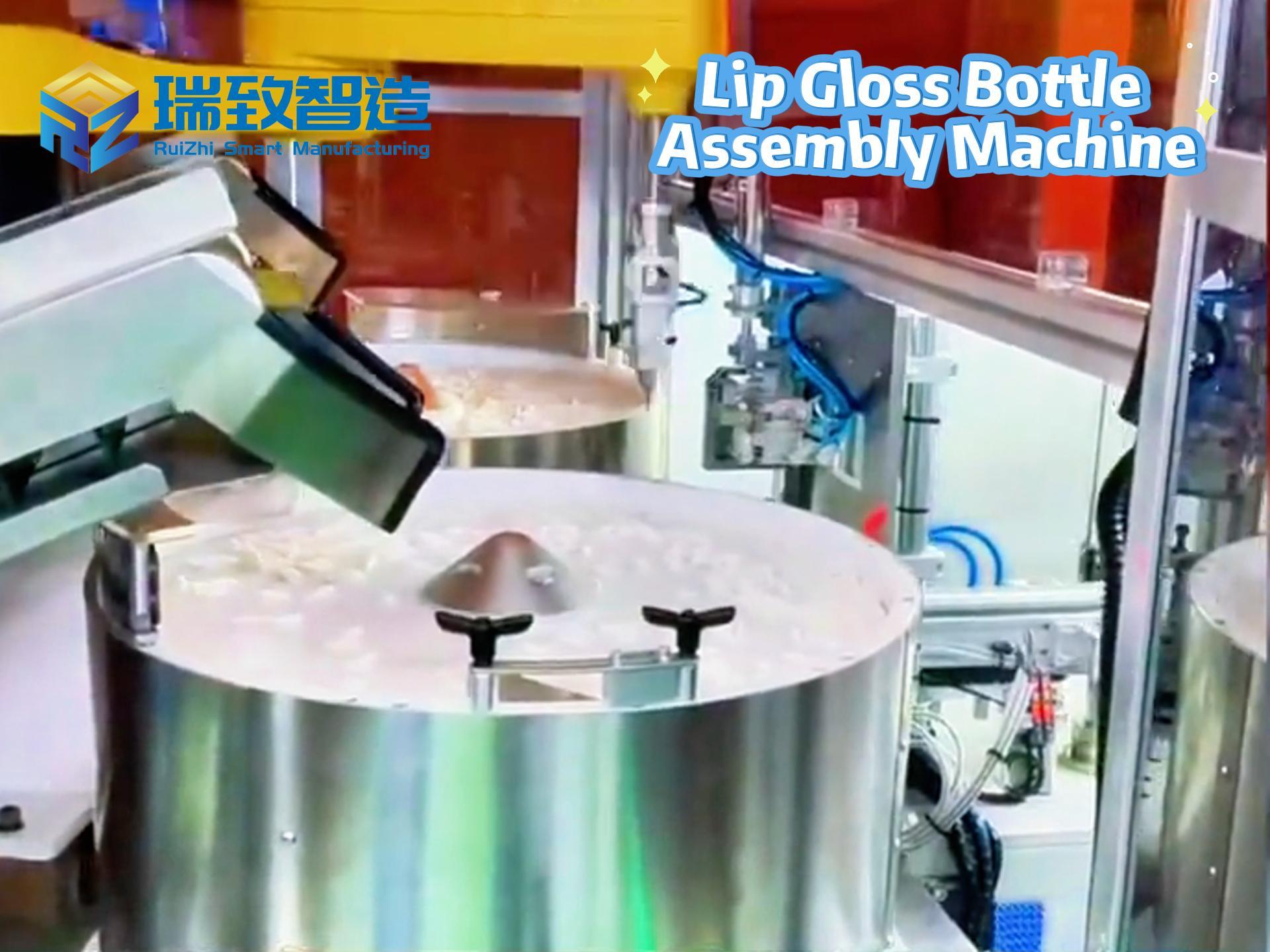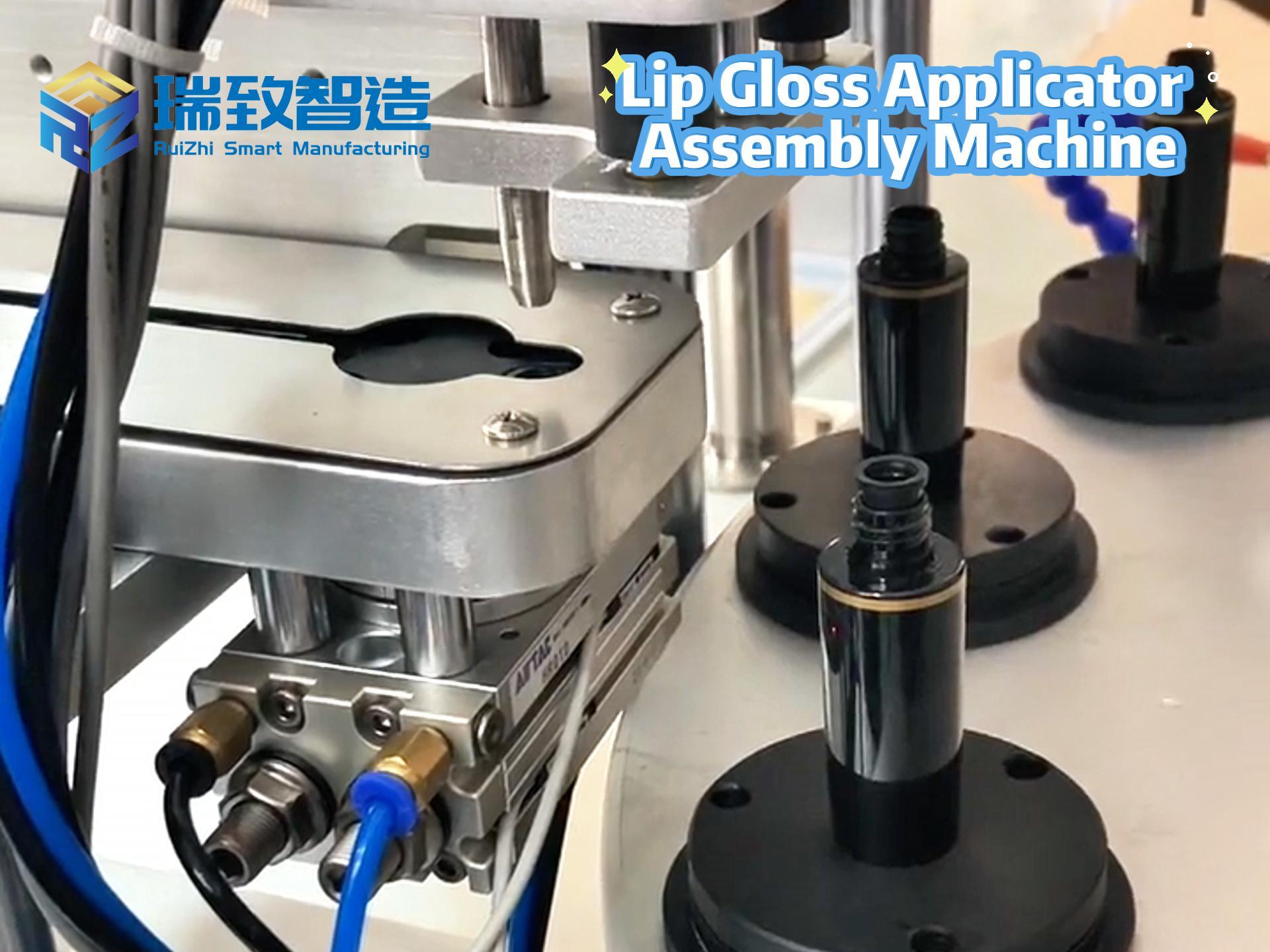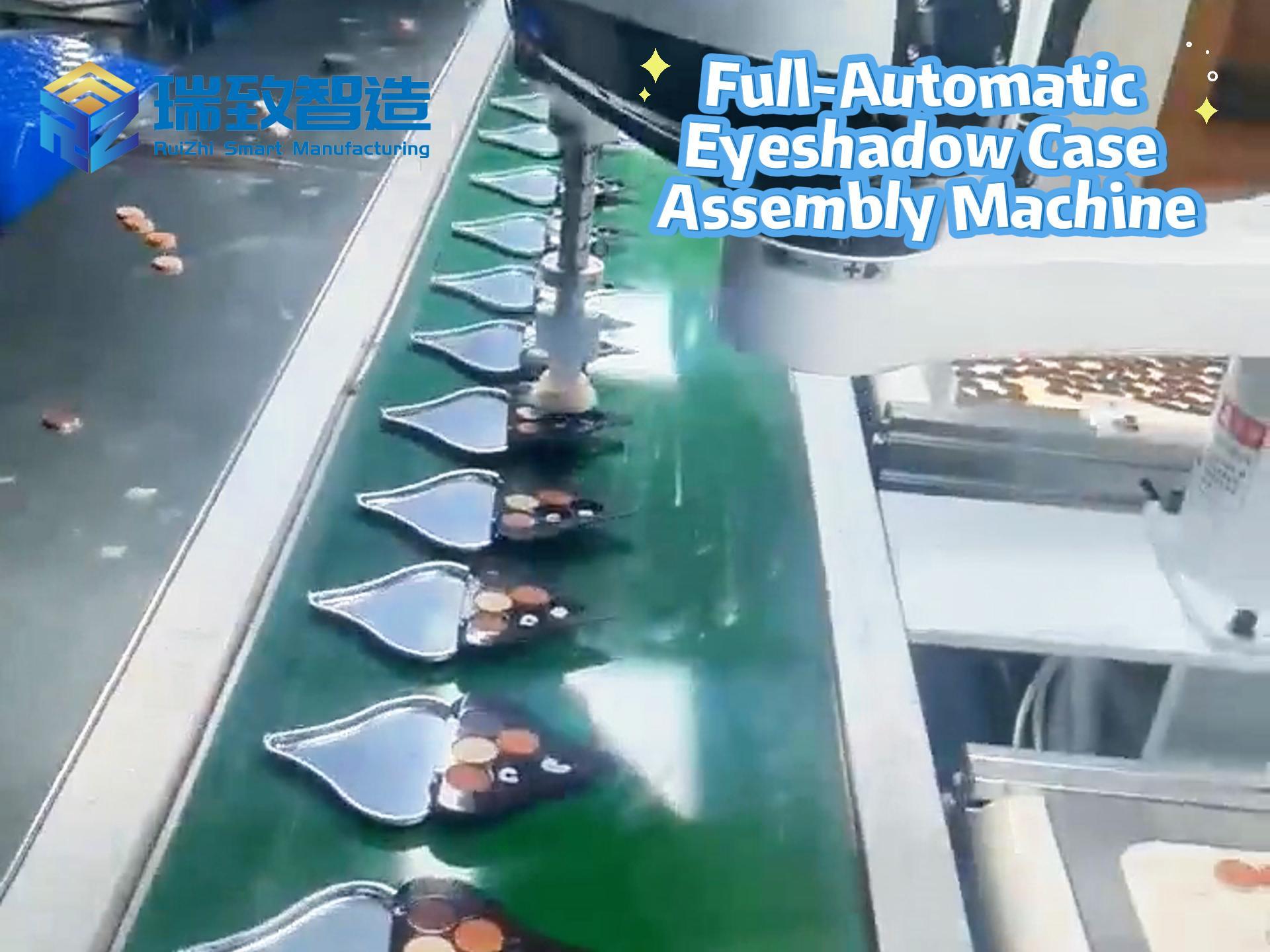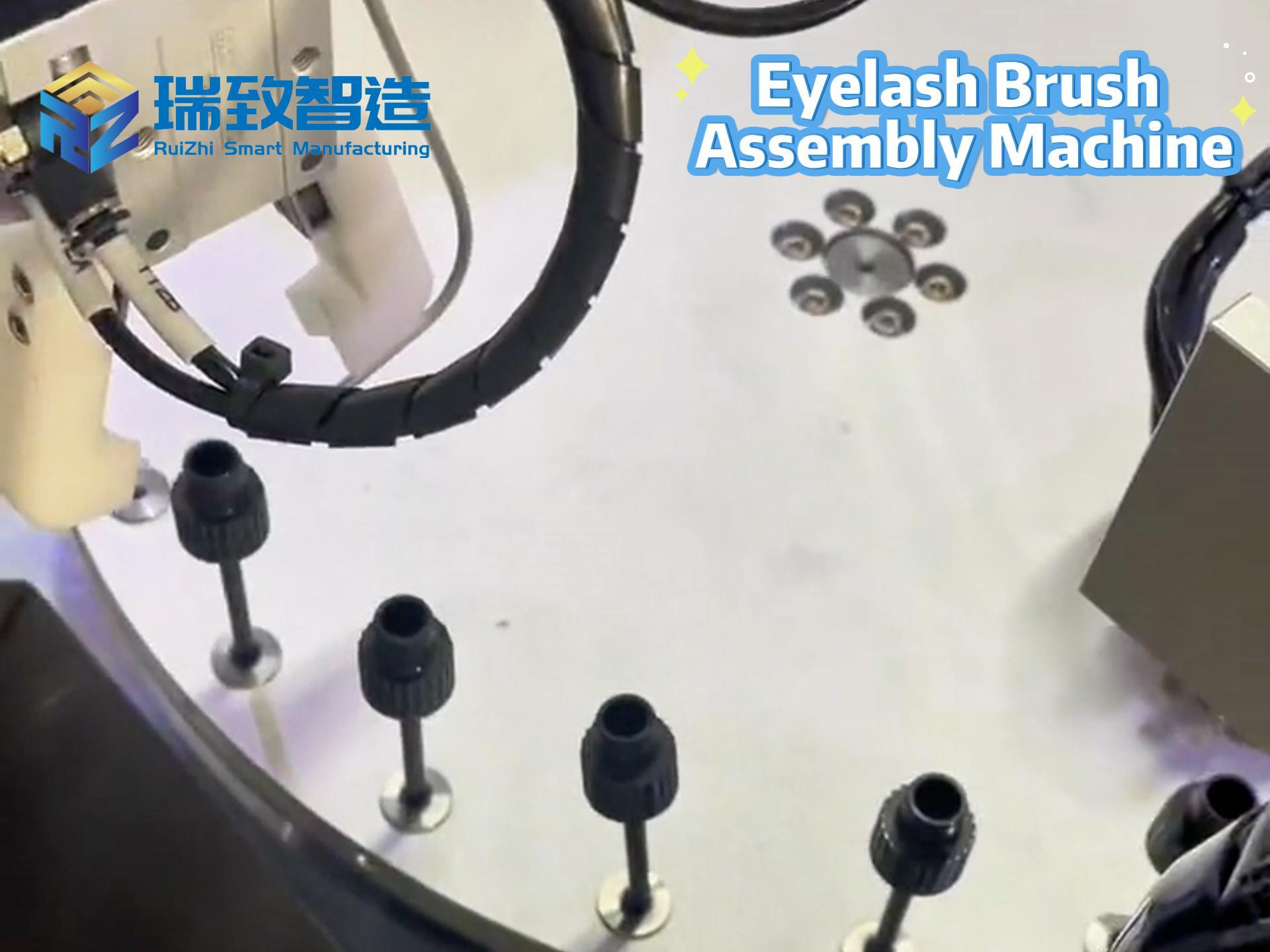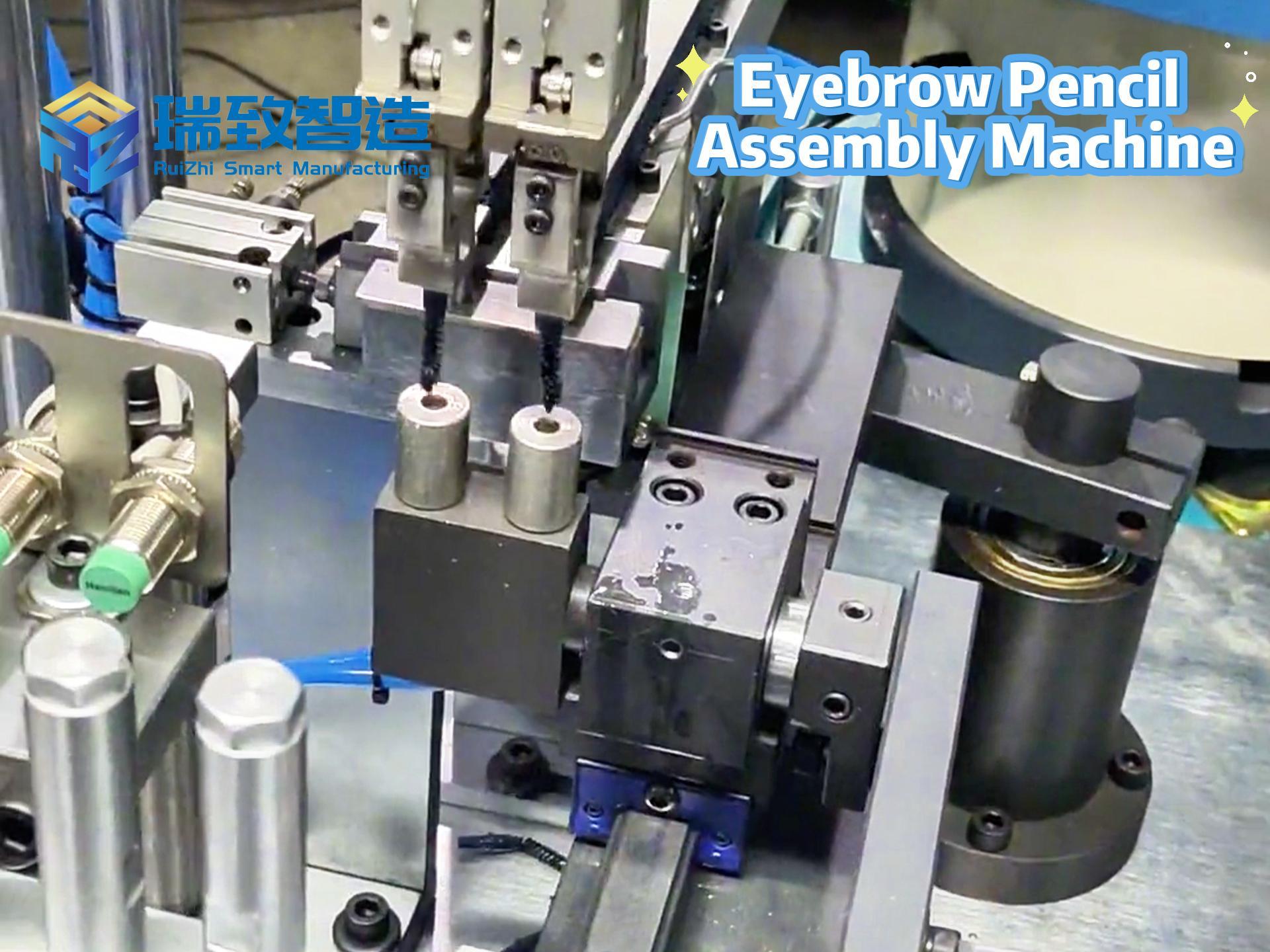Table of Contents
ToggleThe Cost Black Hole of Non-Standard Automation Equipment: 6 Out-of-Control Links and 12 Cost-Reduction Strategies

Introduction: Non-Standard Projects Devoured by Costs —— A Warning from “Budget 800K” to “Final Accounts 1.5M”
A new energy enterprise in Suzhou customized a “lithium battery pole piece sorter” with an original budget of 800,000 RMB, but the final accounts reached 1.5 million RMB—requirement changes caused mechanical structure rework (+250K), customized sensor premiums (+180K), supply chain delays increasing labor costs (+120K), and debugging overruns (+150K)… The “cost black hole” of non-standard equipment is devouring enterprises’ return on investment. This article decomposes 6 out-of-control links and presents 12 implementable cost-reduction strategies, making non-standard equipment truly “valuable despite high costs”.
I. Cost Structure Perspective: The “Spending Map” of Non-Standard Equipment
The cost of non-standard equipment = material cost (60%) + R&D cost (25%) + debugging cost (15%), but when out of control:
- Materials may overrun to 70% (custom part premiums, redundant procurement);
- R&D overruns to 35% (scheme iterations, algorithm retraining);
- Debugging overruns to 25% (on-site rework, client acceptance bottlenecks).
Core contradiction: How to balance the “uniqueness” brought by customization with the “industrialization” of controllable costs?
II. 6 Cost Black Holes and Solutions
▶ Black Hole 1: Requirement Changes —— The “Money Crusher” of Repeated Scheme Iterations
- Performance: During the design phase (3-6 months), clients add new functions (e.g., error-proof detection) or adjust parameters (precision from ±0.05mm to ±0.03mm), triggering full-chain rework in mechanics, programming, and supply chain.
- Case: A 3C camera module project had 3 requirement changes, leading to robotic arm redesign (+120K), servo upgrade (+80K), and algorithm retraining (20 days, +50K), with cumulative overruns of 250K (25% of the original budget).
- Strategy 1: Set a “Requirement Freeze Period” to Clarify Rights and Responsibilities
- Process: After scheme review approval, initiate a 45-day freeze period. Changes require signing an Agreement, with clients bearing ≥60% of additional costs (including supplier liquidated damages and engineer overtime).
- Tool: JIRA records changes (e.g., #202308, affecting mechanics for 30 days + programming for 15 days + materials for 20 days, cost +180K), forcing quantitative evaluation.
- Strategy 2: Categorize Requirements and Cut “Redundant Demands”
- Classification:
- Basic requirements (precision, cycle, must be met);
- Optimization requirements (interface beautification, can be deferred);
- Redundant requirements (excessive detection, directly deleted).
- Case: A auto parts project required “10 tests”, but only 3 affected yield. Deletion saved 60K on the vision system and 10 days of debugging.
▶ Black Hole 2: Custom Part Premiums —— The Pricing Hegemony of “Single Suppliers”
- Performance: Custom parts (e.g., special jigs, special-shaped molds) account for 35-50% of material costs, with suppliers inflating prices due to “uniqueness” (e.g., 3 times the price of standard parts).
- Case: A new energy enterprise customized a “ceramic-coated pole piece jig”, with the supplier quoting 120K. Decomposition revealed “ceramic coating + aluminum alloy substrate” cost only 50K, a 140% premium.
- Strategy 1: Modular Design to Compress Customization Proportion
- Method: Decompose equipment into “standard modules (e.g., servo modules, 60%) + custom modules (e.g., special jigs, 40%)”. Purchase standard parts for universal modules (e.g., Panasonic servos, 15% lower in bulk).
- Case: A non-standard testing machine reduced custom parts from 55% to 35% via modularization, cutting material costs by 220K.
- Strategy 2: Replace with Universal Parts to Break Custom Dependence
- Replacement logic: Achieve custom functions with “universal part combinations” (e.g., replace custom robotic arms with “linear modules + adapter plates”, cutting costs by 40%).
- Tool: SolidWorks library retrieves standard parts and verifies adaptability (e.g., adapter plate load-bearing and precision).
▶ Black Hole 3: Supply Chain Delays —— The Chain Reaction of “Key Component Shortages”
- Performance: Custom sensors and special material parts have delivery cycles exceeding 60 days, prolonging R&D and increasing labor costs (engineer standby) and opportunity costs (missing orders).
- Case: A project’s custom servo motor delay of 20 days caused the debugging team to standby on-site (daily cost 1,500 RMB, +30K) and miss the client’s production window (losing 100K in orders).
- Strategy 1: VMI Inventory + Strategic Binding to Secure Supply
- Operation: Sign VMI agreements with key suppliers (suppliers maintain 30-day safety stock, replenishing as needed), while binding 2 alternative suppliers (pre-certified, 资质 matched).
- Data: After implementing VMI, a enterprise’s material readiness rate increased from 80% to 95%, reducing delay risks by 70%.
- Strategy 2: “Trade Time for Cost” by Prepaying to Lock Production Capacity
- Game: Prepay 30% of the payment to require suppliers to prioritize production (e.g., a custom lens had its delivery cycle reduced from 60 days to 45 days with prepayment, saving 15 days of labor costs).
▶ Black Hole 4: Debugging Rework —— The Time Devourer of “On-Site Hell”
- Performance: On-site debugging accounts for 15-25% of total costs. Inadequate simulation (e.g., undiscovered mechanical interference), parameter 失控 (e.g., servo oscillation), and poor client environment adaptation (e.g., non-compliant cleanrooms) lead to repeated rectifications.
- Case: A non-standard bending machine failed to test “synchronous belt slack” in simulation, discovering a 0.08mm precision deviation during on-site debugging, requiring 12 days of rework (+60K labor + 30K supplier liquidated damages).
- Strategy 1: Pre-Simulation to Eliminate 80% of Debugging Issues
- Tools:
- Mechanical simulation (ANSYS): Simulate load-bearing and vibration (e.g., robotic arm deformation ≤0.05mm);
- Control simulation (MATLAB): Optimize servo PID parameters (response time ≤50ms).
- Data: Projects with sufficient simulation shorten debugging cycles by 30% (45 days → 31 days) and reduce rework costs by 60%.
- Strategy 2: Pre-Debugging + Simulated Production Line to Expose Issues Early
- Action: Build a “simulated client production line” in the factory (e.g., cleanroom, MES interface), completing 80% of debugging (e.g., model change, data docking) before going on-site.
- Case: After pre-debugging, a new energy project only needed 5 days for on-site finishing (originally planned for 15 days), saving 10 days of travel costs.
▶ Black Hole 5: Over-Design —— The Hidden Waste of “Functional Redundancy”
- Performance: Pursuing “perfection” by stacking high-end configurations (e.g., using 5MP cameras to inspect millimeter-scale parts when 2MP suffices), causing costs to inflate by 30-50%.
- Case: A hardware testing equipment used AI algorithms to detect “surface scratches”, but manual visual inspection was sufficient (precision ≥0.1mm). Algorithm development costs exceeded 80K, purely redundant.
- Strategy 1: Value Engineering (VE) Analysis to Cut “Useless Functions”
- Method: Use a “function-cost” matrix to eliminate “high-cost, low-value” functions (e.g., “10-year data traceability” is useless for SMEs; change to 3 years, saving 20K on storage modules).
- Tool: Build a VE matrix in Excel to quantify function value (e.g., “error-proof detection” scores 9 in value and 6 in cost → retain; “remote monitoring” scores 3 in value and 5 in cost → delete).
- Strategy 2: Deep Client Participation to Guard Against “Supplier Self-Interest”
- Action: Client engineers participate in scheme reviews throughout, verifying functions with “actual production line scenarios” (e.g., an equipment’s “automatic tool change” function was used only once a month in the production line, so it was changed to manual, saving 20K).
▶ Black Hole 6: After-Sales Hidden Costs —— The Double Blow of “Downtime + Maintenance”
- Performance: Equipment failures cause production line downtime (daily loss 50-100K), high maintenance costs (difficult-to-purchase non-standard parts), and spare parts inventory backlogs (tying up 100-200K in funds).
- Case: The spindle of a non-standard grinding machine in a bearing enterprise failed, causing 3 days of shutdown due to custom bearings (loss 150K). Maintenance revealed spare parts needed customization (cycle 20 days, +50K expedite fee).
- Strategy 1: Predictive Maintenance to Strangle Failures in the Cradle
- Tool: IoT modules collect vibration, temperature, and current data, predicting failures via LSTM models (e.g., warning 10 days before spindle bearing life ends).
- Data: After implementing predictive maintenance, a enterprise’s downtime rate dropped from 30% to 10%, and maintenance costs decreased by 67%.
- Strategy 2: Spare Parts Sharing + Standardization to Reduce Inventory
- Operation:
- Co-build a “spare parts sharing pool” with peers/suppliers (e.g., sharing custom sensors, reducing inventory by 50%);
- Promote spare parts standardization (e.g., unifying servo models to reduce SKU count).
III. Core Logic of Cost Reduction: Balancing “Customization” and “Industrialization”
Cost reduction for non-standard equipment is not about “cutting corners” but about transforming the “uncertainty of customization” into the “predictability of industrialization” through four dimensions: “process control (requirements/changes), design optimization (modularization/VE), supply chain collaboration (VMI/sharing), and data-driven (simulation/prediction)”.
When a new energy enterprise presses non-standard equipment costs from 1.5 million to 1.05 million (30% reduction) and shortens the delivery cycle by 25% using the above strategies, non-standard equipment truly becomes a “weapon for creating value” rather than a “black hole devouring profits”.
(Next Preview: “Technical Breakthroughs in Non-Standard Automation Equipment: 5 Core Technologies and Future Evolution Directions”, analyzing how technologies like vision, force control, and AI reshape the capability boundaries of non-standard equipment.)


